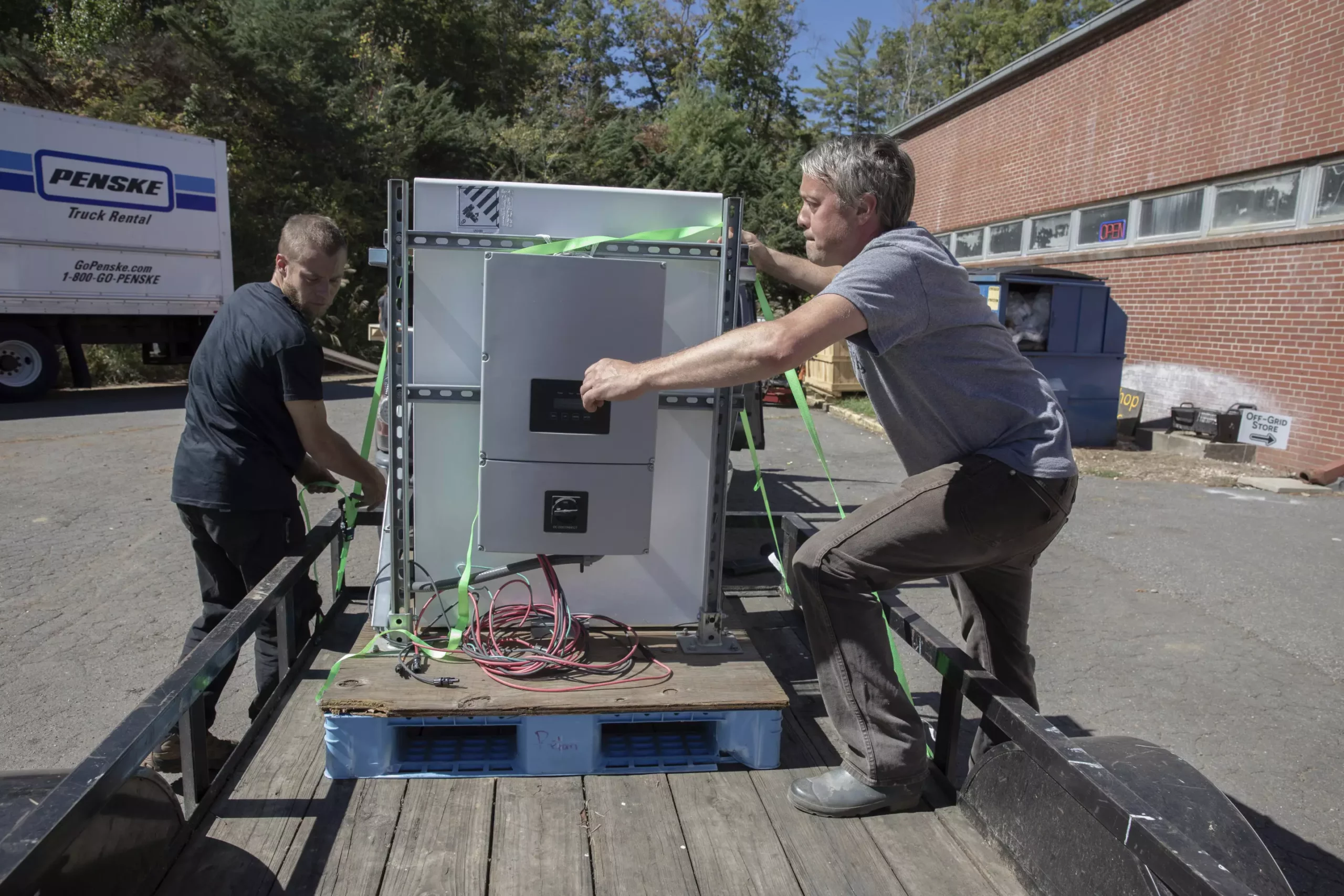In September 2023, Hurricane Helene unleashed its fury upon North Carolina’s mountainous regions, targeting communities that had long prided themselves on their rugged independence and resourcefulness. As residents grapple with the storm’s devastation, the challenges they face are stark and severe. The storm knocked out power for over 1.5 million customers in western North Carolina alone, leaving thousands isolated and without essential services. The scenario following Helene serves as a testament to the resilience of these communities while highlighting systemic vulnerabilities that need addressing.
Local individuals like Bobby Renfro have embodied this resilience. The retired railroad worker established a community resource hub in Tipton Hill, converting a church into a place where aid is coordinated amidst the chaos. Yet, the challenges of maintaining a sense of normalcy are overwhelming. Renfro’s reliance on a gas-powered generator highlights many residents’ acute dependency on temporary power solutions, raising the question of sustainability in crisis management. This band-aid approach can only cover so much, while many in the region look longingly towards comprehensive, lasting solutions.
The Hidden Costs of Temporary Solutions
The reliance on gas-powered generators reveals a host of issues, not least their high financial burden and health risks. For Renfro, the purchase and ongoing fuel costs posed a serious concern; his $1,200 initial investment was just the beginning, with thousands more funneled into procuring fuel from neighboring Tennessee. These logistics become even more daunting when considering that some residents are left without access to affordable fuel sources or the means to acquire them.
Moreover, the environmental implications cannot be ignored. Continuous operation of gas generators contributes to air pollution, with risks of carbon monoxide poisoning looming large for communities using them as primary power sources. Such realities force a crucial dialogue on emergency preparedness. While the short-term solution may provide necessary relief, it stands in stark contrast to the pressing need for cleaner, sustainable energy alternatives, particularly when infrastructure suffers complete collapse.
In a stroke of encouragement amidst the rubble, the Footprint Project and local solar installation teams have begun rolling out solar-powered solutions to help communities transition from reliance on inherently damaging generators. Recent deliveries of solar generators, complete with a battery and panels, have provided a sense of hope to the beleaguered residents of Tipton Hill and surrounding areas. As Renfro notes, having access to clean energy sources brings more than just power; it offers emotional and psychological relief during a time of upheaval.
This innovative pivot towards solar energy illustrates the intersection of environmental sustainability and emergency management. Footprint Project’s mission to supply mobile, sustainable infrastructure illustrates a practical methodology to disaster recovery. In the face of the formidable task laid before them, the organization intends to bridge the gap left by traditional power restoration efforts, striving to make emergency responses less reliant on fossil fuels.
The grassroots collaboration between non-profit organizations and local volunteers embodies the sentiment that in times of disaster, communities pull together to aid one another. When faced with the logistical nightmare of returning to stability, volunteers have emerged as unsung heroes. The coordination efforts have not only included delivering fuel and equipment but have also necessitated community communication channels, enabling residents to seek help. The delivery of solar panels and batteries to various community hubs demonstrates that while individual efforts may seem small, collectively they build a robust support network.
Moreover, as exemplified by Julie Wiggins’ community hub in Bakersville, local volunteers have worked diligently to prioritize the urgent needs of their neighbors, whether providing medical assistance or logistical support. This grassroots response offers a glimpse into community dynamics that prioritize collaboration and solidarity over top-down aid models, which can often be slow to react.
Lessons for Future Preparedness
The hardships that emerged in the wake of Hurricane Helene demand a re-evaluation of emergency response strategies to enhance resilience in the face of climate-related disasters. As history has shown, the frequency and severity of such storms are increasing due to climate change. Thus, determining how communities can sustainably power themselves in the aftermath is critical.
By embracing renewable energy solutions and fostering local networks of support, North Carolina’s mountain communities can better prepare for future crises. Lessons learned from this experience could inform disaster response frameworks, ensuring that clean energy becomes a cornerstone of emergency recovery protocols. The decisive actions of organizations like the Footprint Project signal a potential shift towards environmentally friendly practices, redefining how resilience is built and sustained in communities long after the storm clouds have cleared.


Leave a Reply